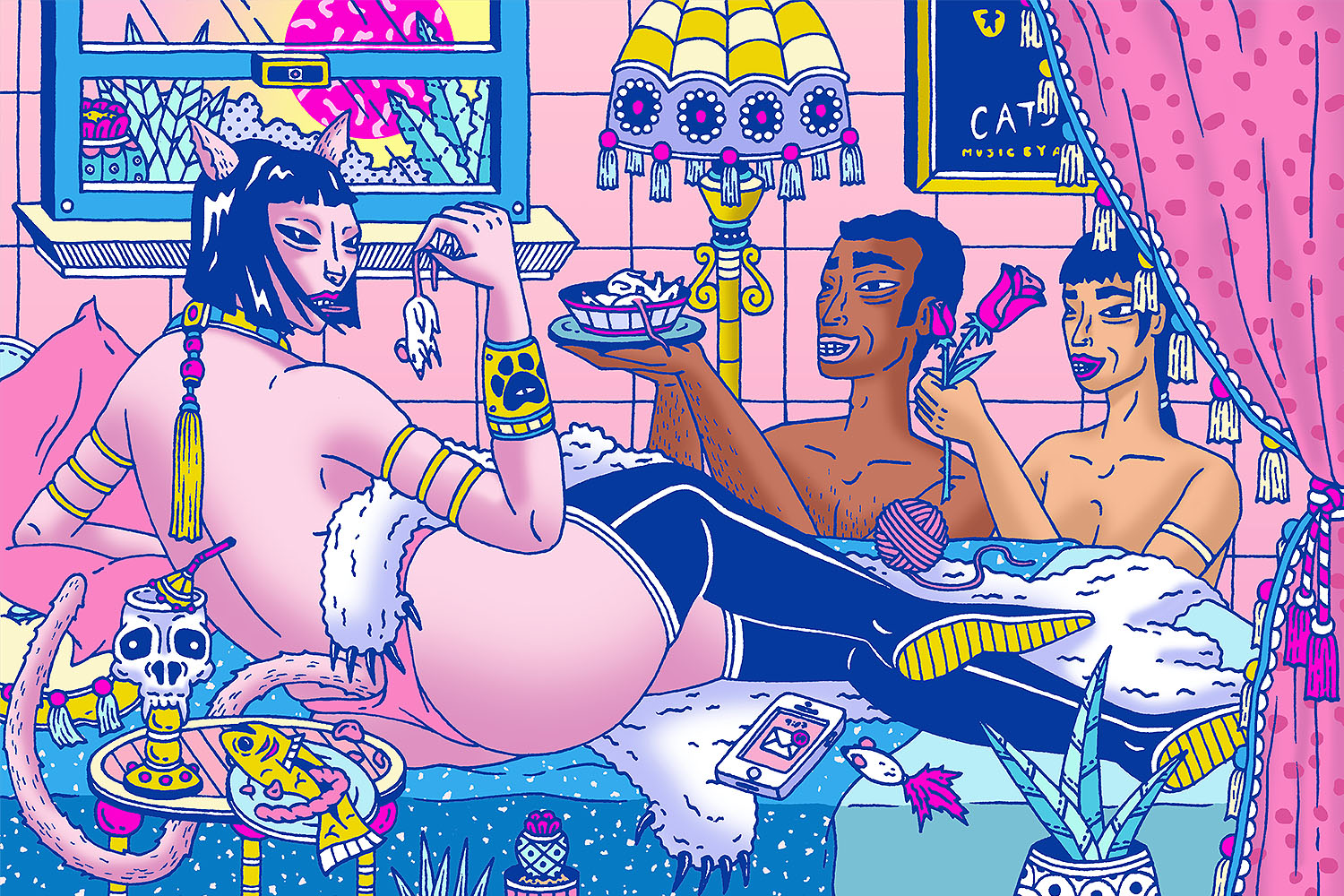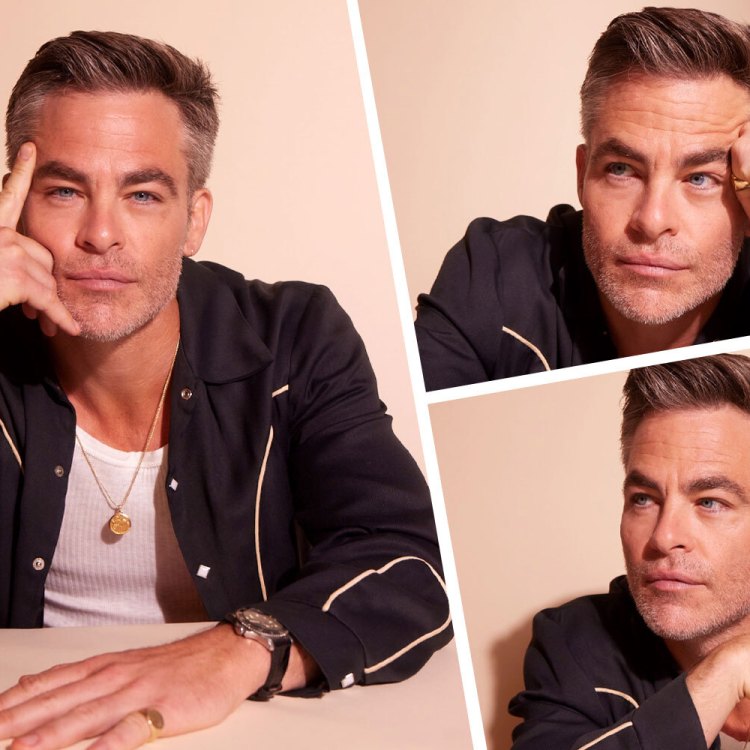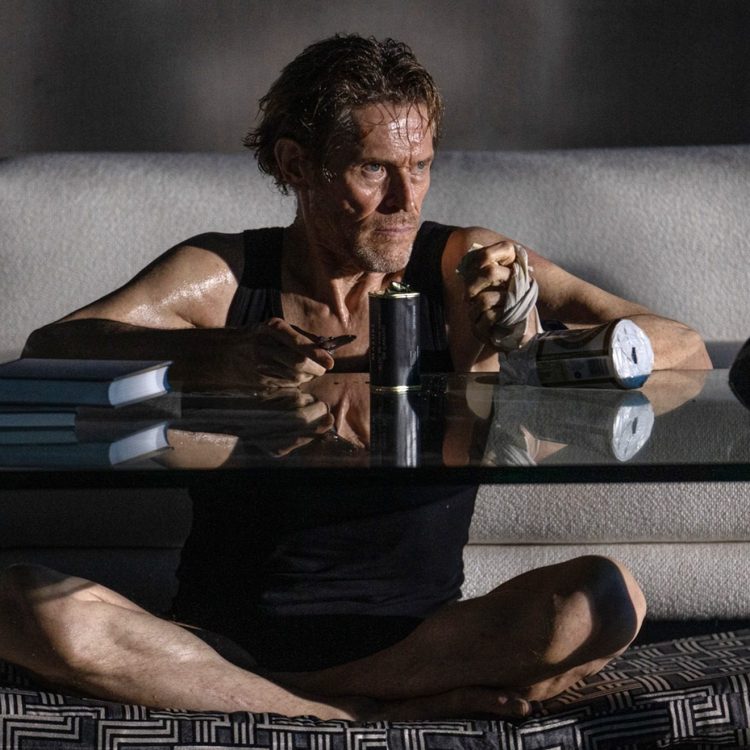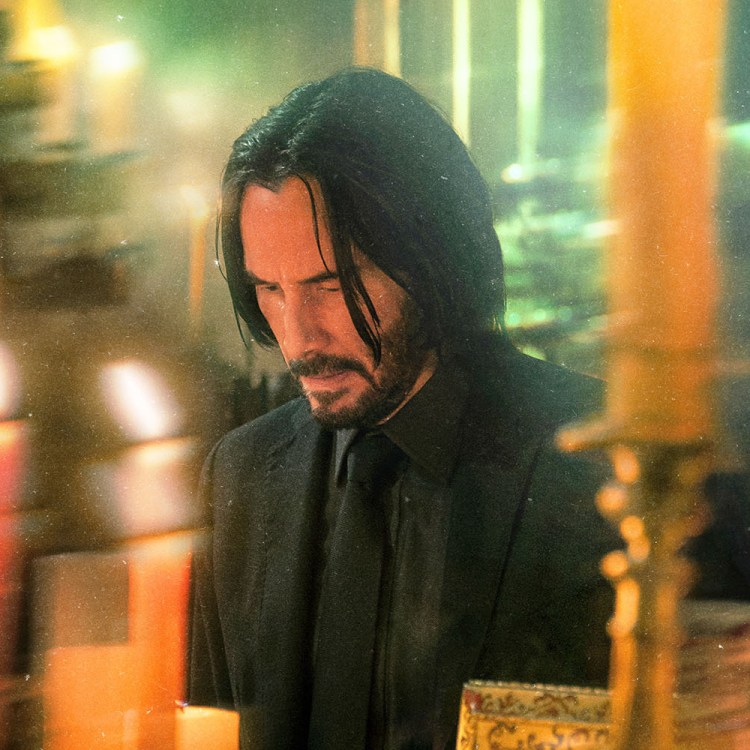The new film adaptation of Lin-Manuel Miranda’s breakout stage hit In the Heights could be broadly described as having a refreshing effect, and on multiple fronts. In the most immediate sense, it’s full of attempts to allay the exhaustion of the heatwave that sets the scene: AC units buzz in the background of the audio mix, chattering kids trade fistfuls of change for ice cream from Mister Softee or the Puerto Rican snow cone known as a piragua, one stunning sequence takes us on a cannonball-dive into a public pool.
As we return to the maximalist mode of razzle-dazzle put on hiatus during the lockdown’s small-screen interlude, this movie is the perfect bellwether, gleefully hailing in the brick-and-mortar theater’s resurgence. It’s good to see the streets of Manhattan crammed with sweaty, moving bodies, just in time for a summer that feels like life itself beginning again.
But the other heartening revitalization contained within this infectiously buoyant film is that of the movie-musical itself, a once-grand Hollywood tradition fallen into sad disrepair as of late. In the olden days of the 20th century’s first half, song-and-dance pictures were the bread and butter of the studios’ annual release slates, busting blocks and raking in Oscars while minting the stars that would fill out showbiz Valhalla. They’re now more like specialty niche-fillers, trotted out around awards season or shuffled right onto streaming services for built-in audiences of Broadway-lovers. Though reliably lucrative, the crowd-pleasing big-ticket musical seemed to be in its creative death throes, deleterious forces having sucked the life out of the exuberant form with high-sheen commercialism. It is with this context that In the Heights bursts into multiplexes, reminding us that this breed of cinema is alive and well — and maybe even new and improved.
For the last half-decade or so, the Pasek-and-Paul-ification of the American musical has brought about plenty of hefty paydays but little in the way of meaningful art. The songwriting/composing duo of Benj Pasek and Justin Paul conquered their slice of the TV world with the theater-nerd favorite Smash in 2013, then made a major move on the movies by contributing original songs to La La Land three years later. They won the Academy Award for the tune “City of Stars,” their finest work, though the direction of Damien Chazelle acted as a mediating influence on the musicians’ unabashed sentimentality. 2017’s The Greatest Showman more purely expressed their syrupy positivity, applying their pet theme of outcasts finding acceptance to a gaggle of circus freaks and their top-hatted leader (Hugh Jackman, inevitably). The pair would write for the live-action Aladdin, and their flagship success Dear Evan Hansen comes to theaters later this year, but their footprint has already extended beyond themselves; last year’s The Prom, directed by Ryan Murphy, might as well be part of their connected cinematic universe.
That straight-to-Netflix abomination mimicked Pasek and Paul’s plastic surfaces, unbearable corniness relative to the acceptable baseline corniness of the musical, and most of all, the shameless courting of an audience consisting of misunderstood pre-teens. Though tackling topics of alienation and mental health, they’re less emotionally intelligent in their self-pity than the likes of Cats, to choose a recent, disastrous selection from the Musical Theater 101 textbook. But even if director Tom Hooper’s choices in projects skew classical — he also took on Les Miserables in 2012, scoring a massive hit with lukewarm reviews — a lack of formal finesse robs them of the pleasures proven during their time in the proscenium. He tends to chop up choreography with roving cameras and overactive editing, situated in bluescreen environments devoid of personality and charm. Same goes for Into the Woods and Mary Poppins Returns’ Rob Marshall, the other self-appointed custodian of the high-budget musical film. Between his output and the noxious spate of cliché-ridden singalong biopics (Bohemian Rhapsody, Rocketman), it’s a sorry state of affairs.
Enter Jon M. Chu, whose experience cast him as a uniquely well-suited match for a dance-driven concept mounted on a scale grander than its creator Miranda had ever envisioned. In his tenure as the in-house director for the Step Up series (he did the second and third ones, which devotees will recall as head-and-shoulders superior to the others), Chu learned how to treat the moves themselves like the star of the show, commanding more attention in lengthy wide shots than the actors would in close-up. With 2018’s Crazy Rich Asians, he made the midrange sum of $30 million look more opulent than the forgettable action tentpoles like G.I. Joe: Retaliation and Now You See Me 2 that he had assembled with nine figures to burn. All of this equipped him for his career’s new high-water mark, in which every last dollar of his $55 million allotment has been stretched to within an inch of its life. Moving seamlessly between location shoots in Washington Heights and a soundstage down in Brooklyn, he situates his latest at an ideal meeting point between street-level authenticity and movie-factory artifice.
A sense of attentively realized place separates this salute to a neighborhood and its vanishing way of life from the genre peers produced in digital vacuums. Sites recognizable to New Yorkers — the looming colossus of the George Washington Bridge, the thick avenue of upper Broadway that cuts through the area like a vein — blend with the housing-complex courtyards and packed blocks recreated in isolation to form a single cohesive setting. It’s impossible for the area not to appear somewhat like a Disneyfied version of itself when everyone’s bursting into song, but the sets have been rubbed with enough rust and grime to give off a lived-in vibe. Our fresh-faced ensemble of bodega owner Usnavi, taxi dispatcher Benny, salon stylist Vanessa and prodigal undergrad Nina bound through this space with the confidence of people who know their turf like the back of their hand. There’s a specificity and credibility absent from any modern point of comparison.
On a technical level, Chu also avoids the pitfalls into which peers like Marshall, Hooper and Murphy have repeatedly tumbled. Their frenetic camera movements meant to convey an energetic tone succeed only in muddling the steps, a challenge that Chu alternately avoids and plows through. He knows when to exercise restraint; a gravity-defying pas de deux on the side of a high-rise plays out in legato takes calling to mind a poppier slant on a Ginger Rogers and Fred Astaire routine. But his biggest numbers do aspire to an agility and exuberance communicable only through livelier camerawork, and in those cases as well, his motion doesn’t disrupt the flow of performance.
The choreography from Christopher Scott (the mastermind behind the dancing in the post-Chu Step Up sequels) is all exclamation-pointed interjections rather than full sentences. His modular style prioritizes flashy standout moves over complete sequences, allowing the POV to whiz back and forth without missing anything vital. The “Carnaval del Barrio” showstopper culminates in a series of four quick shots stitched together with whip pans, as the Mexican, Puerto Rican, Dominican and Cuban communities each show off for a few measures. The 360-degree-swivel of the cinematography creates a sensation of being surrounded, that showing too much to take in at once is the entire point, instead of an unfortunate side effect.
The original stage iteration of In the Heights ignited a conversation about shifting mores on the predominantly white Great White Way, bringing a diversity of not just casting, but of sound. Just as its dense bilingual hip-hop called into question the necessity of toe-tapper melodies and easily remembered hooks, so too can its filmic cousin launch a similar reconsideration in its own medium. The movie-musical needs to evolve if it wants to survive, and Chu’s fleet-footed approach represents the greatest chance of achieving that much. He recaptures something precious about the stage, a magic stifled elsewhere by computerized pre-visualization and insecure filmmaking technique: spontaneity, the electrifying feeling that anything could happen in a story springing to life right before our eyes.
This article was featured in the InsideHook NY newsletter. Sign up now for more from all five boroughs.





















